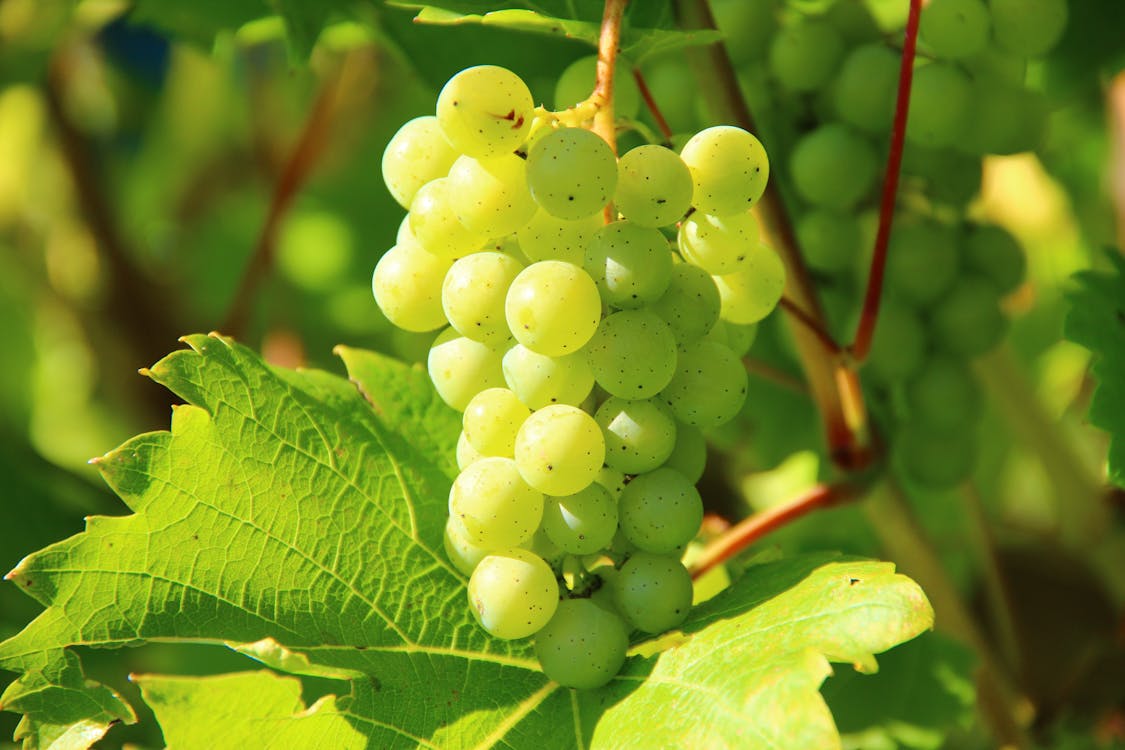I'm yeast intolerant... now what?
When I first saw that I was yeast intolerant, the first thing I thought was 'Oh, no more cava then'. Then, 'Wait a sec...no more marmite!" To say I was annoyed would be an understatement.
As anyone else would, I then started looking in the cupboard to see what else I was not going to be able to eat and I was shocked...practically the whole cupboard was a yeast pit! Yeast is in practically EVERYTHING that is made for our convenience.
So, I started reading through York's handy initial guide to see what else I would have to avoid. My day became gloomier...although I perked up a bit when I saw champagne was still an option. (More about this ina future post - watch this space!)
Because of it's unique flavour, yeast is used as a flavouring to enhance the almost salty, umami flavour of food and to make processed foods that bit more palatable. The down-side to this is that there are a few by-products and foods that are not advised if you are following a yeast-free diet. Here's four that I discovered early on in my journey:
Malt
Also known as barley malt syrup, this is a flavouring that produces a malty sweetness. It is made by sprouting and fermenting barley grain. It is thought that during the fermentation process of making malt, there is a possibility that yeasts can form if the process does not follow strict quality control measures. While the majority of companies are thought to implement these tight controls, there is still a slight possibility that yeast could form and as a result it is recommended to avoid malted products. It can appear on labels as barley malt, barley malt extract, barley malt syrup, maltose.
Stock Cubes
Essentially they contain yeast to enhance their flavour. There are some that do not contain yeast as an added ingredient but they may contain other ingredients that should be avoided like the barley malt, so do check.
Grapes
Yeasts can develop on the skins of grapes which comes from the wild yeasts found in the air. It appears as a white fuzzy surface. These yeasts are naturally occuring and it may be that you are ok with this type of yeast if you only have an intolerance. While washing the grapes may help remove some of this yeast, studies have show that it does not remove all traces of yeast, so it is suggested to try grapes with caution.
Fruit Juice
Similarly to malt containing products, shop-bought juices have been found to contain yeasts due to the length of time they sit around in arehousing before finally hitting the shelves. If you find you react after drinking fruit juice, it might be that it contains a level of yeast. Freshly squeezed at home juice is thought to be ok to consume.




Comments
Post a Comment